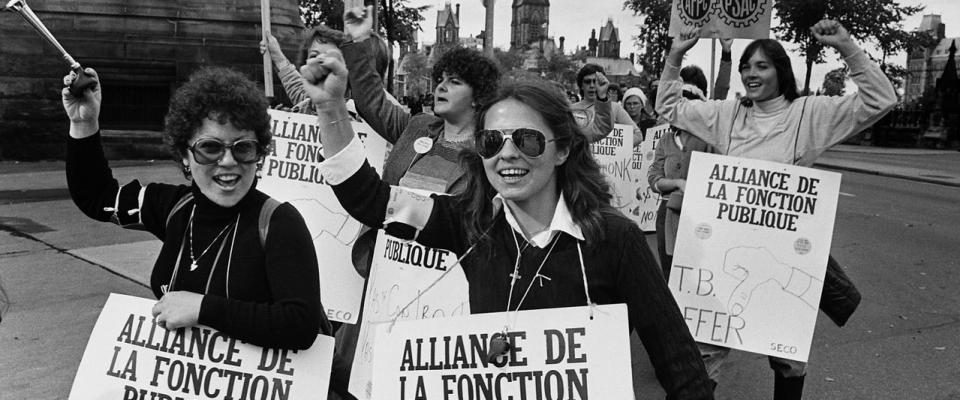
October 29, 2021
PSAC won a landmark pay equity victory for federal public service workers in 1999 that paved the way for more than 230,000 workers – mainly in women-dominated positions – to receive retroactive salary adjustments totaling over $3.6 billion. Members also secured ongoing pay adjustments to provide equal pay for work of equal value.
Despite this historic victory, women today still do not receive equal pay for work of equal value. The new federal Pay Equity Act is meant to address this ongoing inequity, and union members play a vital role in this process.
Pay Equity Act implementation begins
The Act was put into force August 31, 2021. This significant piece of legislation requires all federally regulated employers to implement pay equity plans within three years.
You may have already received a notice from your employer. By November 1, 2021, all employers are required to inform employees about the pay equity review process.
Read our FAQ about the Pay Equity Act
What are the next steps?
In order to develop and implement pay equity plans, many federally regulated employers will be required to establish joint employee-employer committees.
In unionized workplaces, union representatives will sit on these joint committees, adding a strong voice for workers at the table.
Joint committee members will develop a pay equity plan to determine if there are any compensation increases needed to ensure that employees are receiving equal pay for work of equal value.
This may be a lengthy and complex process for some joint committees that will require strong union representation and member participation.
How can I join a joint committee in my workplace?
For members employed by Treasury Board, the CRA or federal Agencies, your union Local will be working closely with your respective Component on these joint committees.
For Directly Chartered Locals, members will likely play a more direct role on joint committees.
To learn more about joint pay equity committees in your workplace, or if you want to get involved, please contact your union local. You can also contact PSAC’s pay equity team with any questions.
Potential employee compensation increases
Once the joint committee agrees on a draft pay equity plan, the committee is required to share the draft plan with all employees in the workplace for input.
When the final pay equity plan is adopted, employers must address any wage gaps by increasing the compensation of employees who are not receiving equal pay for work of equal value.
Where can I learn more?
Check out our resources on pay equity, including our frequently asked questions and our glossary of terms, to assist you with this joint committee work. We will be updating this page regularly.
You can also reach out to PSAC’s pay equity team with any specific questions you have about the pay equity legislation, how to join your workplace’s joint pay equity committee and the work of the joint committees at any time.